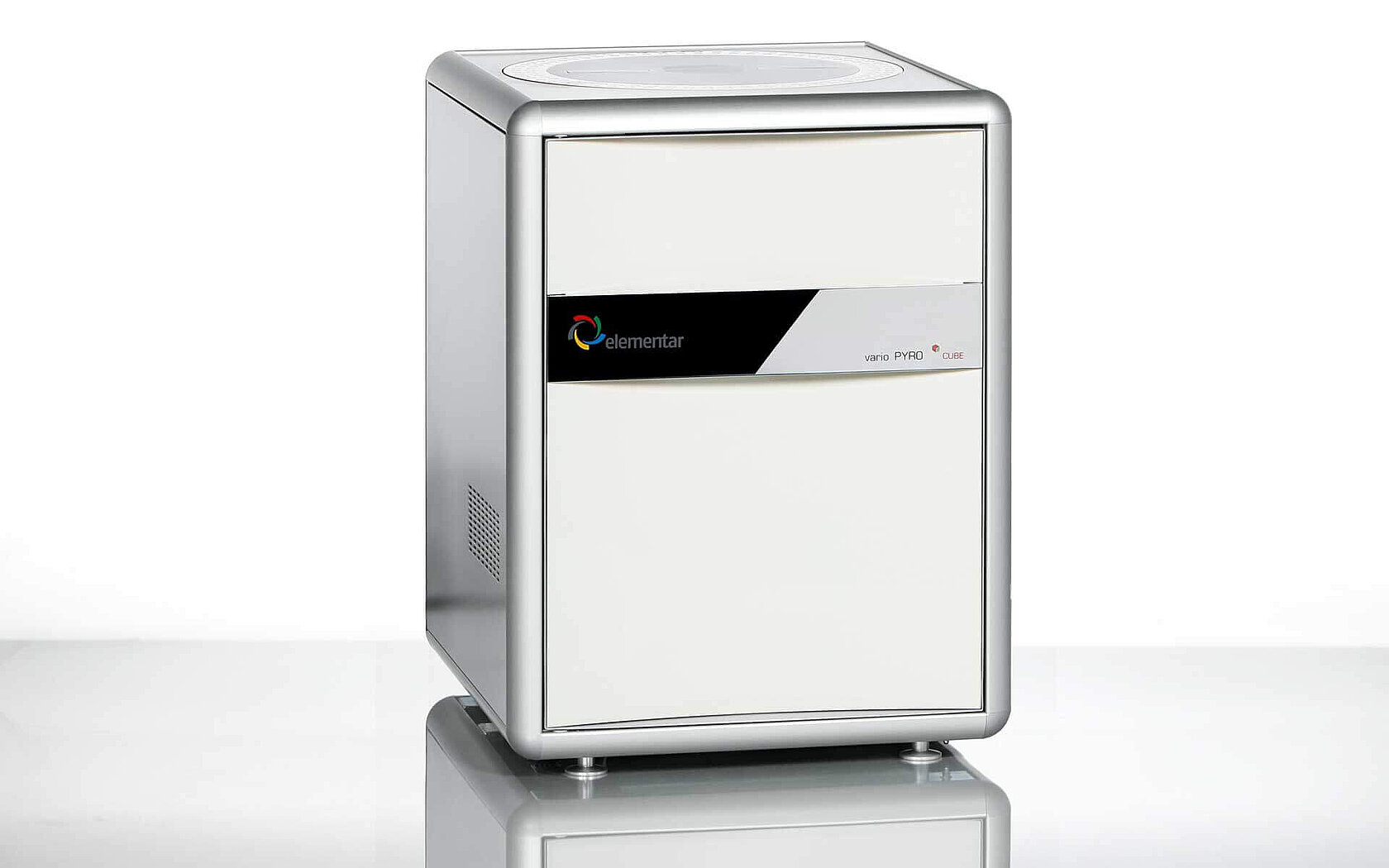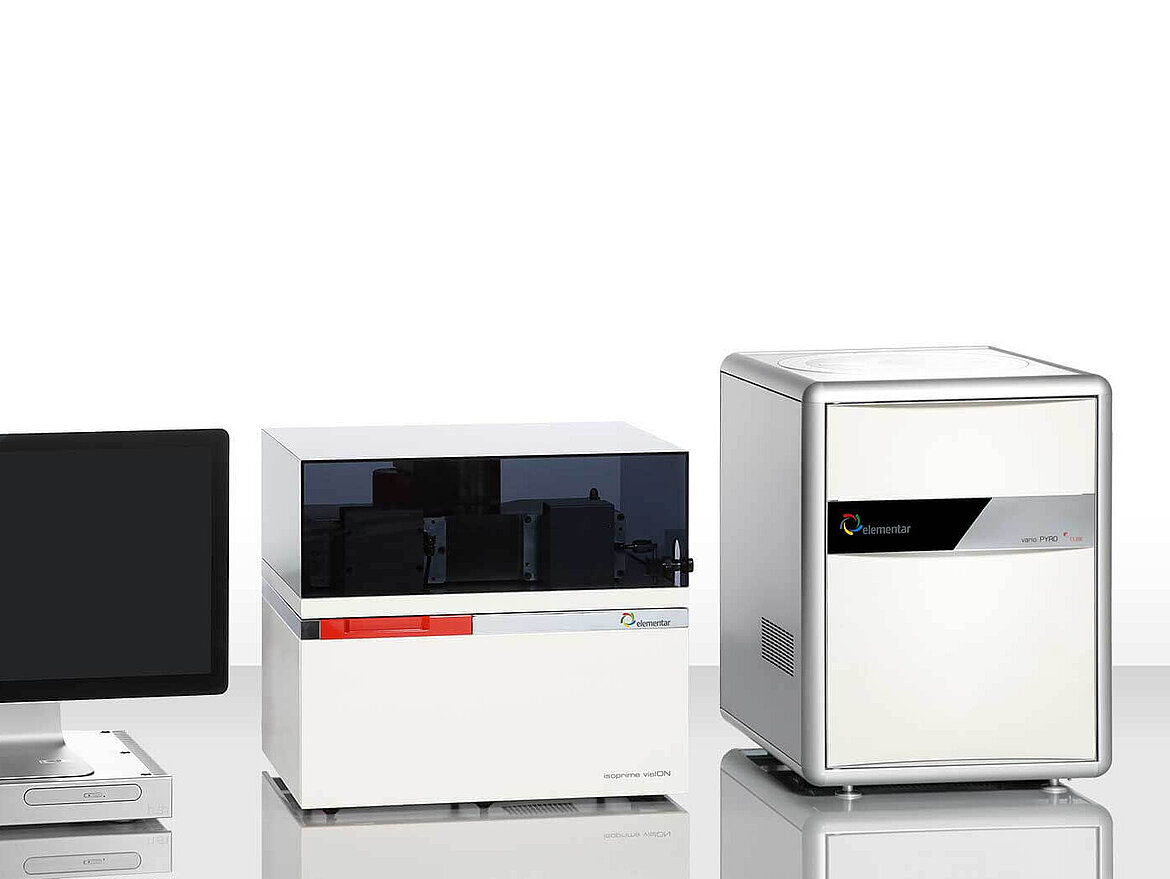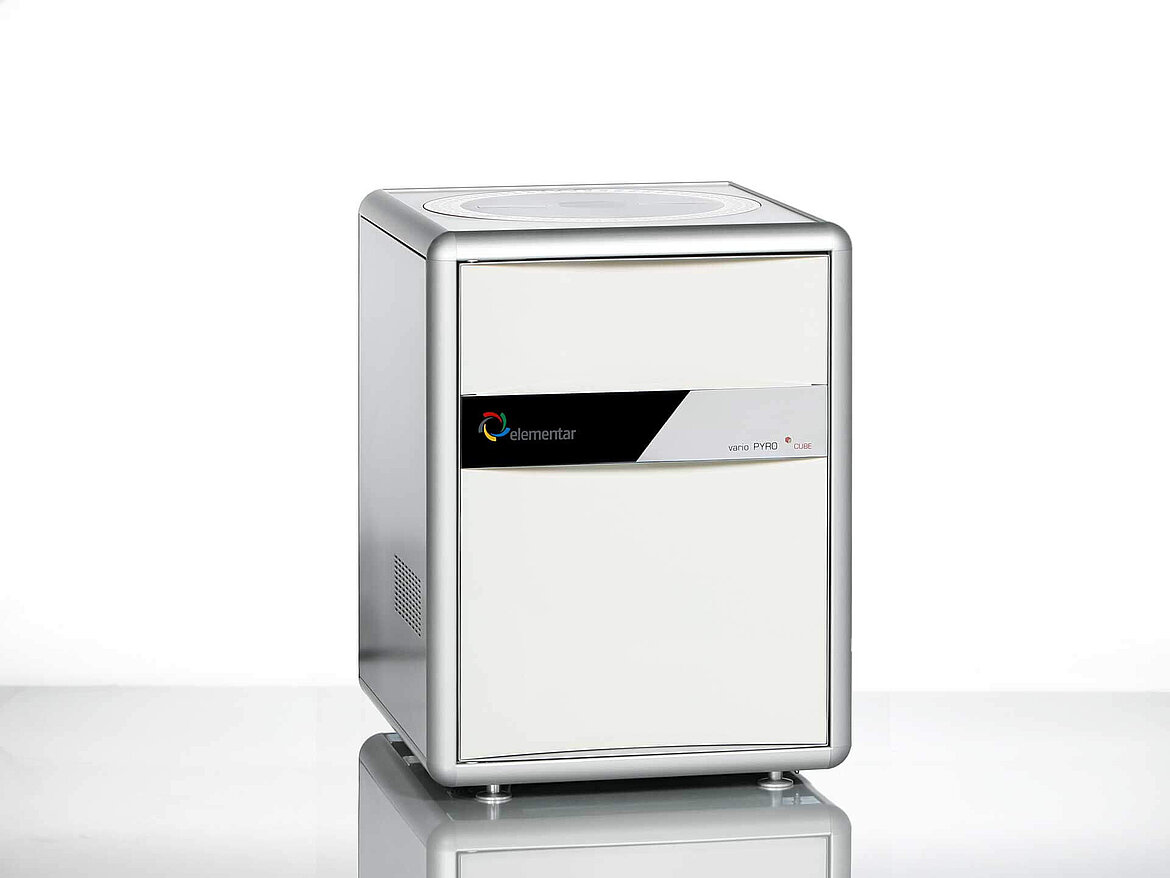18O/16O ratio measurements of inorganic and organic materials by elemental analysis–pyrolysis–isotope ratio mass spectrometry continuous‐flow techniques
François Fourel1, François Martineau1, Christophe Lécuyer1, Hans‐Joachim Kupka2, Lutz Lange2, Charles Ojeimi3 and Mike Seed4
1Laboratoire de Géologie de Lyon "Terre, Planètes Environnement", CNRS‐UMR 5276 Université Claude Bernard Lyon 1, Villeurbanne, France
2Elementar Analysensysteme GmbH, Elementar-Straße 1, 63505 Langenselbold, Germany
3Elementar France Sarl, 20 rue de la Villette, 69328 Lyon Cedex 03, France
4Elementar UK Ltd., Isoprime House Earl, Road, Cheadle Hulme, Cheadle SK8 6PT, UK
Pyrolysis continuous flow (CF) techniques for the determination of isotopic ratios have been applied to a range of organic and inorganic material. However, there is a recurring problem of not only using the right pyrolysis technique but also the correct choice of reference material for calibration of measurements. Using Elementar’s vario PYRO cube®, a high temperature elemental analyzer a high precision, easy, low cost and rapid technique of oxygen isotope was applied to a wide range of organic and inorganic samples whose 18O/16O had already been measured.
The technique utilized Elementar’s vario PYRO cube capable of producing matrix independent results using high temperature pyrolysis (up to 1,500 °C) and unique ‘purge & trap’ chromatography. The method utilizes the patented backflush technology of the vario PYRO cube to reduce the inherent CO blank commonly found with other high temperature elemental analyzer instruments. The CO is trapped using a dedicated purge & trap GC column during the pyrolysis step, then the helium flow is set to backflush mode allowing clean helium to flush the column and prevent any effect from nitrogen containing species. The CO is then released as the column is heated to 150 °C and enters the thermal conductivity sensor (TCD) where it is detected as a sharp focused peak before entering the IRMS. The data obtained were highly precise (1σ = 0.2 ‰). Silver phosphate was also presented as being a good candidate for a standard reference material due to be very stable, weakly hygroscopic and easily synthesized.
This new EA-IRMS technique using the vario PYRO cube elemental analyzer generates robust high-quality data while avoiding the usual limitations when using isothermal chromatographic separation of gases. The technique has the potential to become the standard for oxygen isotope analysis of organic and inorganic O-bearing matrices with silver phosphate a strong contender for and EA-pyrolysis-IRMS reference material.
Please find the full paper here: https://doi.org/10.1002/rcm.5056



